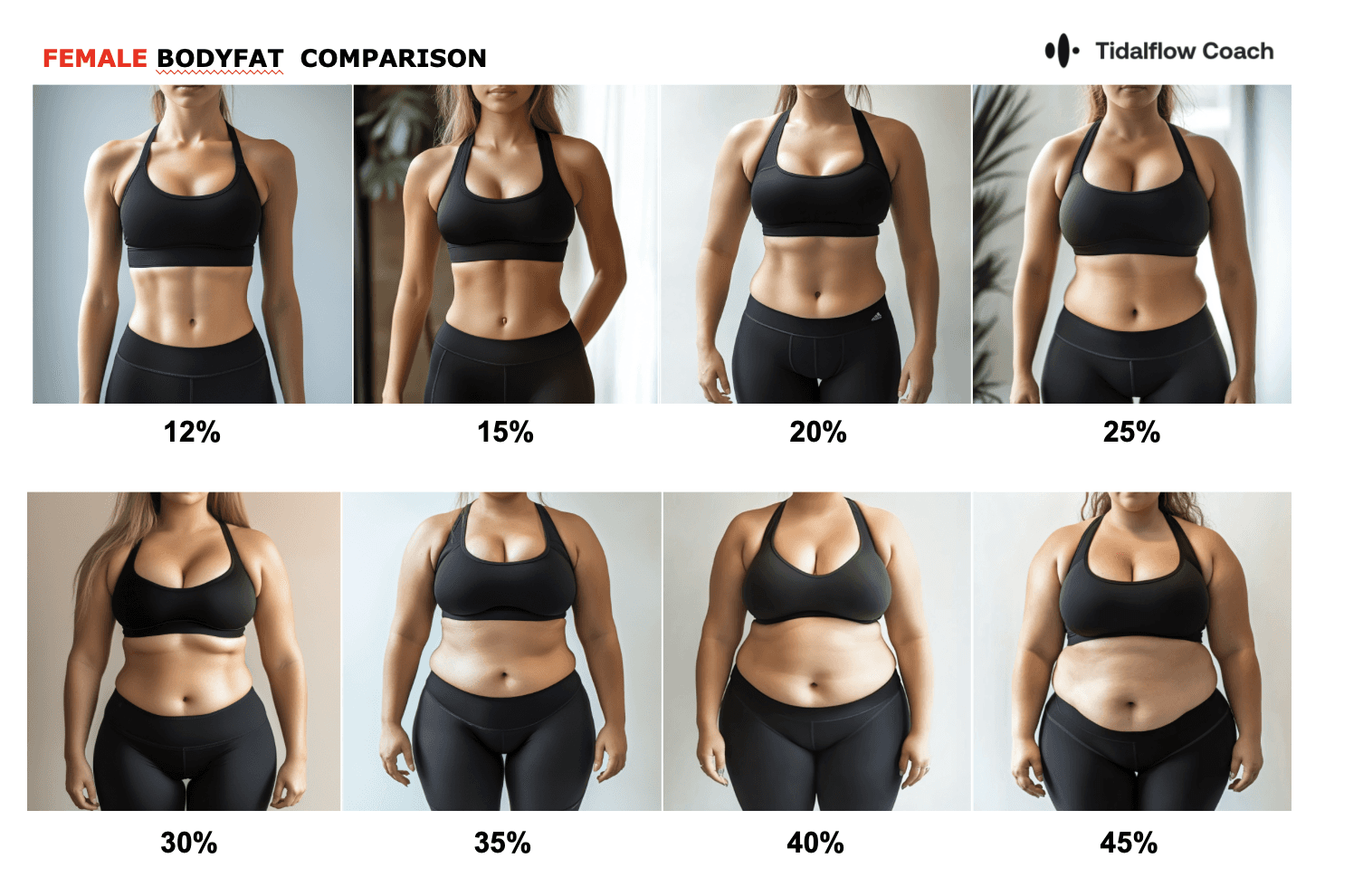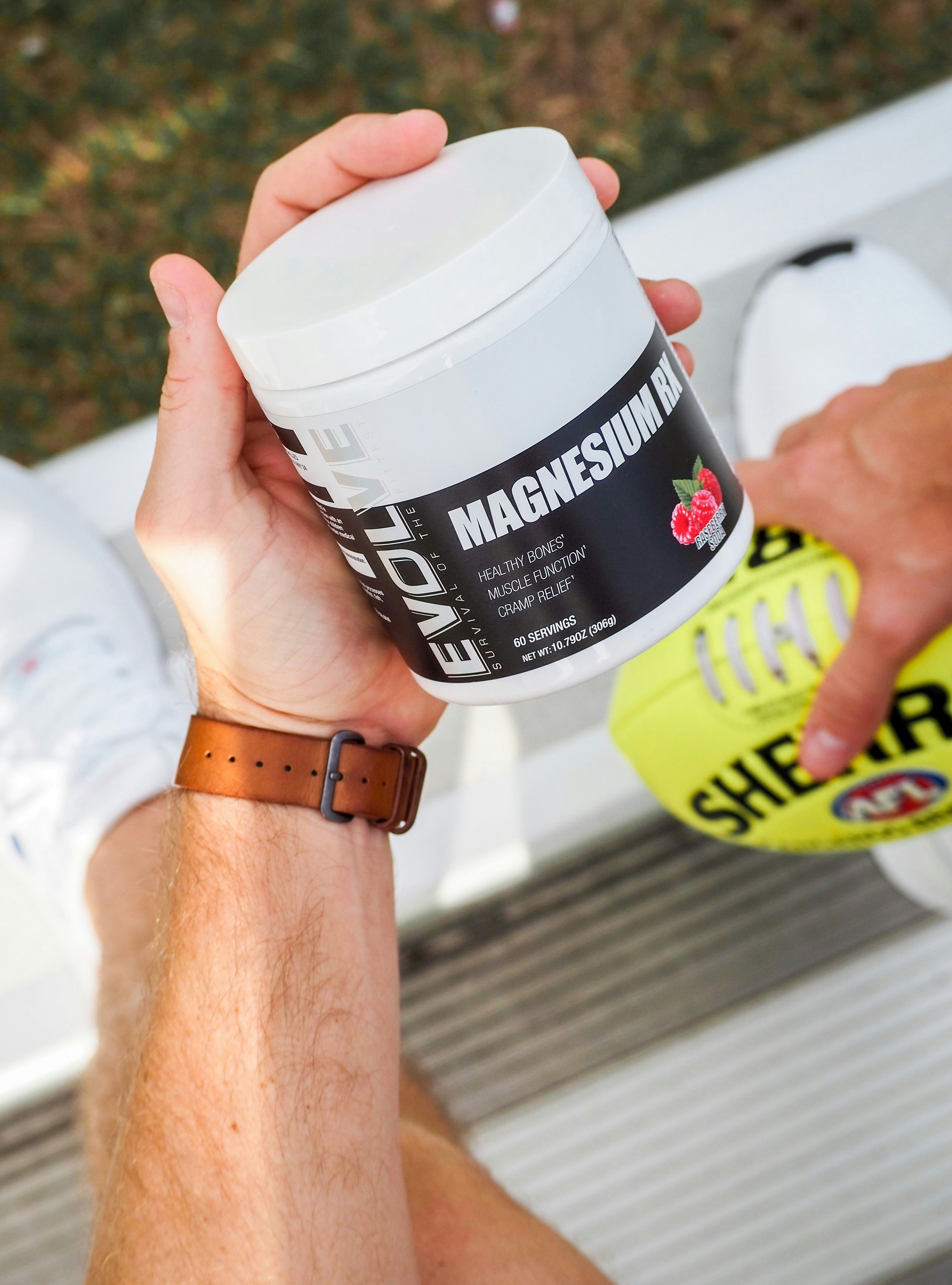Pull-Up Alternatives: Build Back Strength Without a Bar
Sep 19, 2024
Pull-ups are often considered the gold standard for back exercises, but what if you don't have access to a pull-up bar or aren't quite ready for full pull-ups? Don't worry! There are plenty of effective pull-up alternatives that can help you build a strong, sculpted back. In this comprehensive guide, we'll explore a variety of exercises that target the same muscle groups as pull-ups, providing you with options to suit any fitness level or equipment availability.
Why Consider Pull-Up Alternatives?
Before we dive into the alternatives, let's understand why you might need them:
Lack of Equipment: Not everyone has access to a pull-up bar, especially when working out at home.
Beginner-Friendly: Pull-ups can be challenging for beginners, and alternatives can help build the necessary strength.
Injury Prevention: Some people may need to avoid pull-ups due to shoulder or elbow issues.
Variety: Even if you can do pull-ups, alternatives can add variety to your workout routine.
Progressive Overload: Alternatives can allow for easier weight adjustments to ensure continued progress.
Muscles Worked in Pull-Ups
To find effective alternatives, it's important to understand which muscles pull-ups target:
Latissimus Dorsi (lats)
Biceps
Forearms
Upper back (rhomboids and traps)
Core
Now, let's explore exercises that target these same muscle groups.
Top Pull-Up Alternatives
1. Inverted Rows
Inverted rows are an excellent pull-up alternative that can be performed with minimal equipment.
How to perform:
Set up a bar at about waist height (you can use a sturdy table or a Smith machine).
Lie underneath the bar and grasp it with an overhand grip, slightly wider than shoulder-width.
Keep your body straight and pull your chest up to the bar.
Lower yourself back down with control.
Sets and reps: 3 sets of 8-12 reps
Pro tip: Adjust the difficulty by changing the angle of your body. The more horizontal you are, the harder the exercise becomes.
2. Lat Pulldowns
If you have access to a cable machine, lat pulldowns are a great pull-up alternative.
How to perform:
Sit at a lat pulldown machine with your thighs secured under the pad.
Grasp the bar with a wide, overhand grip.
Pull the bar down to your upper chest while squeezing your shoulder blades together.
Slowly return the bar to the starting position.
Sets and reps: 3 sets of 10-15 reps
Pro tip: Focus on pulling with your back muscles, not your arms, to maximize lat engagement.

3. Dumbbell Rows
Dumbbell rows target the lats and upper back muscles effectively.
How to perform:
Place one knee and hand on a bench, with the other foot on the ground.
Hold a dumbbell in your free hand, letting it hang towards the floor.
Pull the dumbbell up to your hip, keeping your elbow close to your body.
Lower the dumbbell back down with control.
Sets and reps: 3 sets of 10-12 reps per arm
Pro tip: Keep your back flat and core engaged throughout the movement to protect your lower back.
4. Resistance Band Pull-Downs
This exercise mimics the motion of pull-ups using a resistance band.
How to perform:
Secure a resistance band to a high point (like a door frame or pull-up bar).
Kneel or sit facing the anchor point and grasp the band with both hands.
Pull the band down towards your chest, focusing on squeezing your shoulder blades together.
Slowly return to the starting position.
Sets and reps: 3 sets of 12-15 reps
Pro tip: Choose a band resistance that challenges you but allows for proper form throughout all reps.
5. TRX Rows
TRX rows are a versatile exercise that can be adjusted for various fitness levels.
How to perform:
Adjust the TRX straps to about waist height.
Grasp the handles and lean back with arms extended, keeping your body straight.
Pull your body up towards the handles, keeping your elbows close to your body.
Lower yourself back down with control.
Sets and reps: 3 sets of 8-12 reps
Pro tip: To increase difficulty, walk your feet forward to create a more horizontal body position.
6. Bent-Over Barbell Rows
This compound exercise targets multiple back muscles effectively.
How to perform:
Stand with feet shoulder-width apart, holding a barbell with an overhand grip.
Hinge at the hips to bend forward, keeping your back straight.
Pull the barbell towards your lower chest, squeezing your shoulder blades together.
Lower the barbell back down with control.
Sets and reps: 3 sets of 8-10 reps
Pro tip: Keep your core engaged and maintain a slight bend in your knees to protect your lower back.
7. Chest-Supported Dumbbell Rows
This variation provides extra support for your lower back.
How to perform:
Set an incline bench to about 45 degrees.
Lie face down on the bench with a dumbbell in each hand.
Let your arms hang straight down, then pull the dumbbells up towards your hips.
Lower the dumbbells back down with control.
Sets and reps: 3 sets of 10-12 reps
Pro tip: Focus on squeezing your shoulder blades together at the top of the movement.
8. Face Pulls
Face pulls target the rear deltoids and upper back muscles.
How to perform:
Set a cable machine to about head height with a rope attachment.
Grasp the rope with both hands and step back to create tension.
Pull the rope towards your face, separating your hands as you pull.
Slowly return to the starting position.
Sets and reps: 3 sets of 12-15 reps
Pro tip: Keep your upper arms parallel to the ground throughout the movement to maximize rear deltoid activation.
Creating a Pull-Up Alternative Workout
Now that we've covered some effective pull-up alternatives, let's put them together into a workout routine:
Inverted Rows: 3 sets of 10 reps
Lat Pulldowns: 3 sets of 12 reps
Dumbbell Rows: 3 sets of 10 reps per arm
Resistance Band Pull-Downs: 3 sets of 15 reps
Face Pulls: 3 sets of 15 reps
Rest 60-90 seconds between sets. Perform this workout 1-2 times per week as part of a balanced training program.
Tips for Maximizing Your Pull-Up Alternative Workout
To get the most out of your pull-up alternative exercises, keep these tips in mind:
Focus on Form: Maintain proper form throughout each exercise to target the intended muscles and prevent injury.
Progressive Overload: Gradually increase the weight, reps, or sets over time to continue challenging your muscles and promoting growth.
Mind-Muscle Connection: Focus on feeling your back muscles working during each exercise. This can improve muscle activation and lead to better results.
Vary Your Grip: When possible, use different grip positions (overhand, underhand, neutral) to target your back muscles from various angles.
Control the Eccentric: Lower the weight slowly during the negative portion of each rep to increase time under tension and promote muscle growth.
Balance Your Training: Don't neglect other parts of your body. Incorporate push exercises and leg workouts into your routine for balanced development.
Warm-Up Properly: Always start with a thorough warm-up to prepare your muscles and joints for the workout ahead. This can include dynamic stretches and light resistance exercises.
Incorporating Pull-Up Alternatives into Your Routine
To effectively incorporate pull-up alternatives into your fitness routine, consider the following:
Frequency: Aim to train your back 1-2 times per week, allowing for adequate recovery between sessions.
Workout Split: If you're following a body part split, you might dedicate one day to back exercises. For a push/pull/legs split, include these exercises on your pull day.
Exercise Order: Start with compound movements (like bent-over rows) before moving on to isolation exercises (like face pulls).
Volume: Adjust the total sets and reps based on your experience level and recovery capacity. Beginners might start with 10-12 total sets per week, while advanced lifters could handle up to 16-20 sets.
Rest and Recovery: Ensure you're getting adequate sleep and nutrition to support muscle growth and recovery.
Common Mistakes to Avoid
When performing pull-up alternatives, be aware of these common mistakes:
Using Momentum: Swinging or using body momentum reduces muscle engagement. Control the movement throughout the entire rep.
Neglecting the Lower Back: Maintain a neutral spine in exercises like bent-over rows to protect your lower back.
Overusing the Arms: Focus on pulling with your back muscles, not just your arms, to maximize lat engagement.
Improper Range of Motion: Ensure you're moving through a full range of motion in each exercise for optimal muscle development.
Ignoring Upper Back: Don't focus solely on the lats. Include exercises that target the upper back and rear deltoids for balanced development.
Neglecting Progressive Overload: Continuously challenge yourself by increasing weight, reps, or sets over time to see continued progress.
Nutrition for Back Development
To support your back training efforts, pay attention to your nutrition:
Protein: Consume adequate protein (about 1.6-2.2 grams per kg of body weight) to support muscle repair and growth.
Carbohydrates: Include complex carbs to fuel your workouts and aid in recovery.
Healthy Fats: Incorporate sources of healthy fats to support hormone production and overall health.
Hydration: Drink plenty of water before, during, and after your workouts to maintain performance and aid in recovery.
Timing: Consider having a protein-rich meal or shake within 30 minutes after your workout to support muscle recovery.

Progressing Towards Full Pull-Ups
While these alternatives are great for building back strength, you may eventually want to progress to full pull-ups. Here are some tips to help you work towards that goal:
Negative Pull-Ups: Jump to the top position of a pull-up and lower yourself down slowly.
Assisted Pull-Ups: Use a resistance band or assisted pull-up machine to reduce the amount of body weight you're lifting.
Isometric Holds: Hold yourself at the top of a pull-up position for as long as possible to build strength.
Increase Volume: As you get stronger, increase the volume of your pull-up alternative exercises to build endurance.
Practice Regularly: Incorporate pull-up practice into your routine, even if you can only do partial reps.
Conclusion
Pull-up alternatives offer an excellent way to build back strength and muscle, whether you're working towards full pull-ups or simply looking to diversify your back workouts. By incorporating these exercises into your routine and following the tips provided, you can develop a strong, well-defined back without the need for a pull-up bar.
Remember to focus on proper form, progressive overload, and balanced training for the best results. Combine your pull-up alternative workouts with a well-rounded fitness routine and proper nutrition to maximize your gains.
Whether you're a beginner just starting your fitness journey or an experienced lifter looking to add variety to your back training, these pull-up alternatives can be an excellent addition to your workout arsenal.
Ready to take your back training to the next level? Consider trying Tidalflow's AI-powered personal training program. Our intelligent system can create a customized workout plan that incorporates effective pull-up alternatives tailored to your specific goals and fitness level.
Start building a stronger, more defined back today with Tidalflow's AI personal trainer. Sign up now and get your personalized pull-up alternative workout plan!
You should not have to do it all on your own













